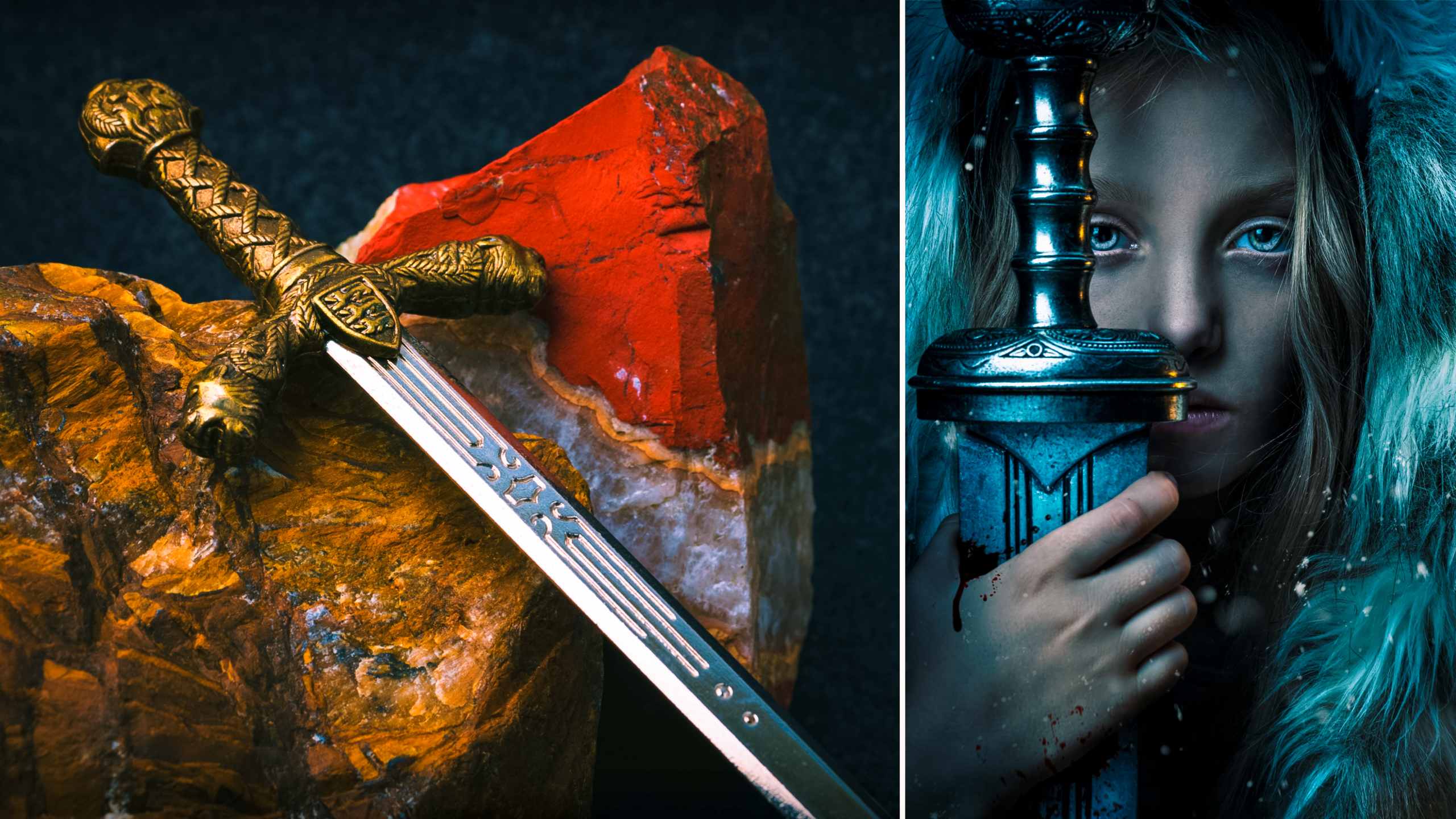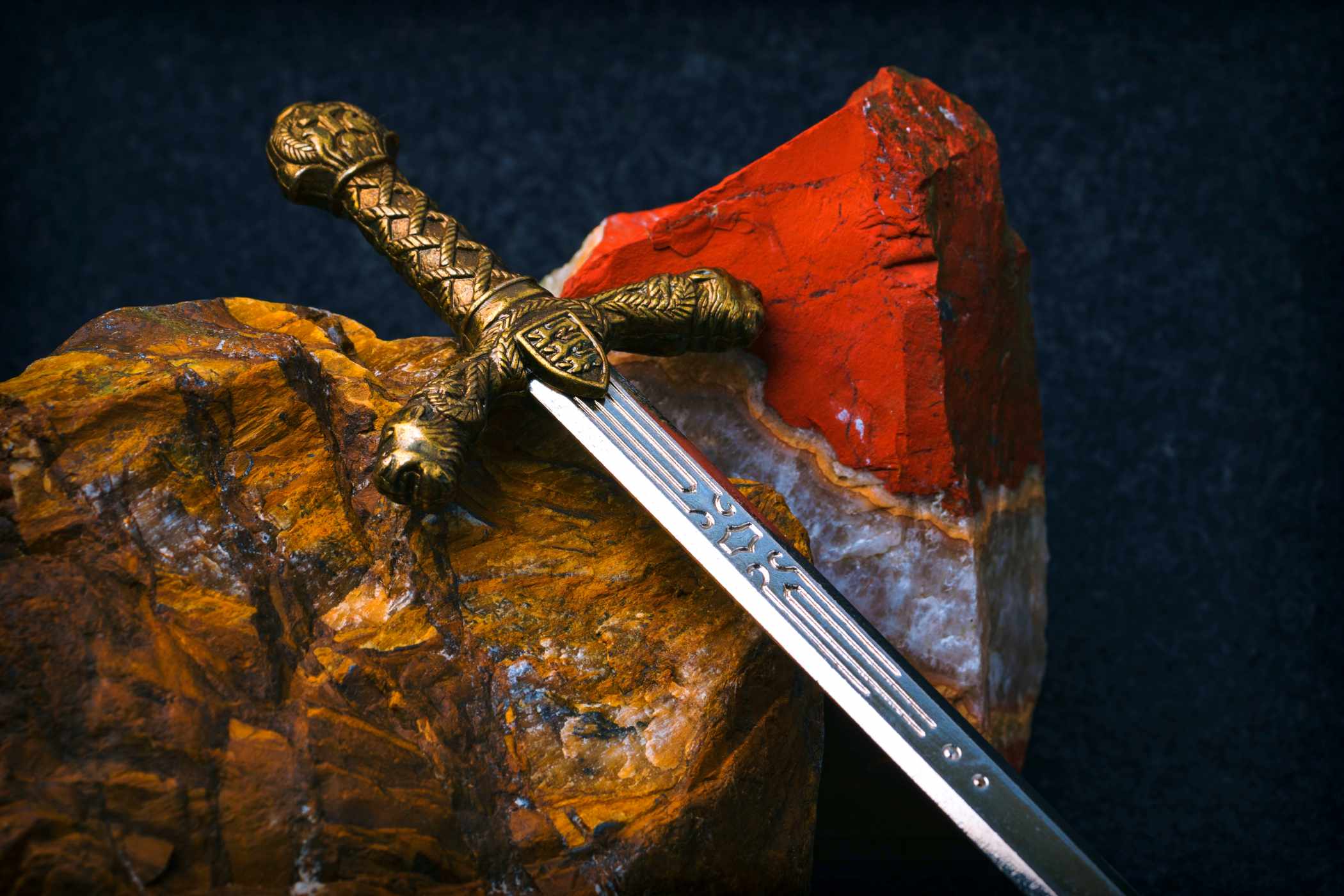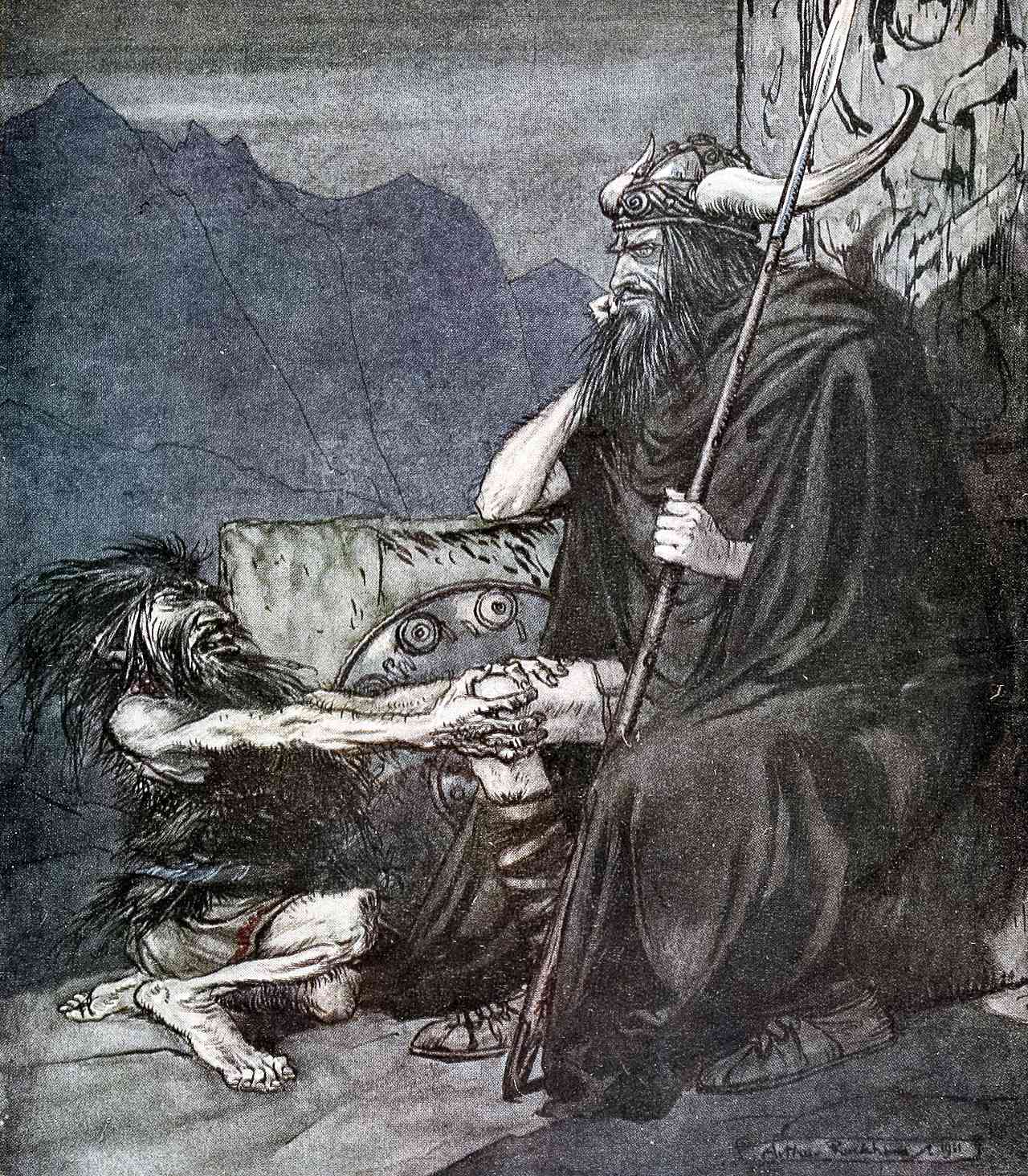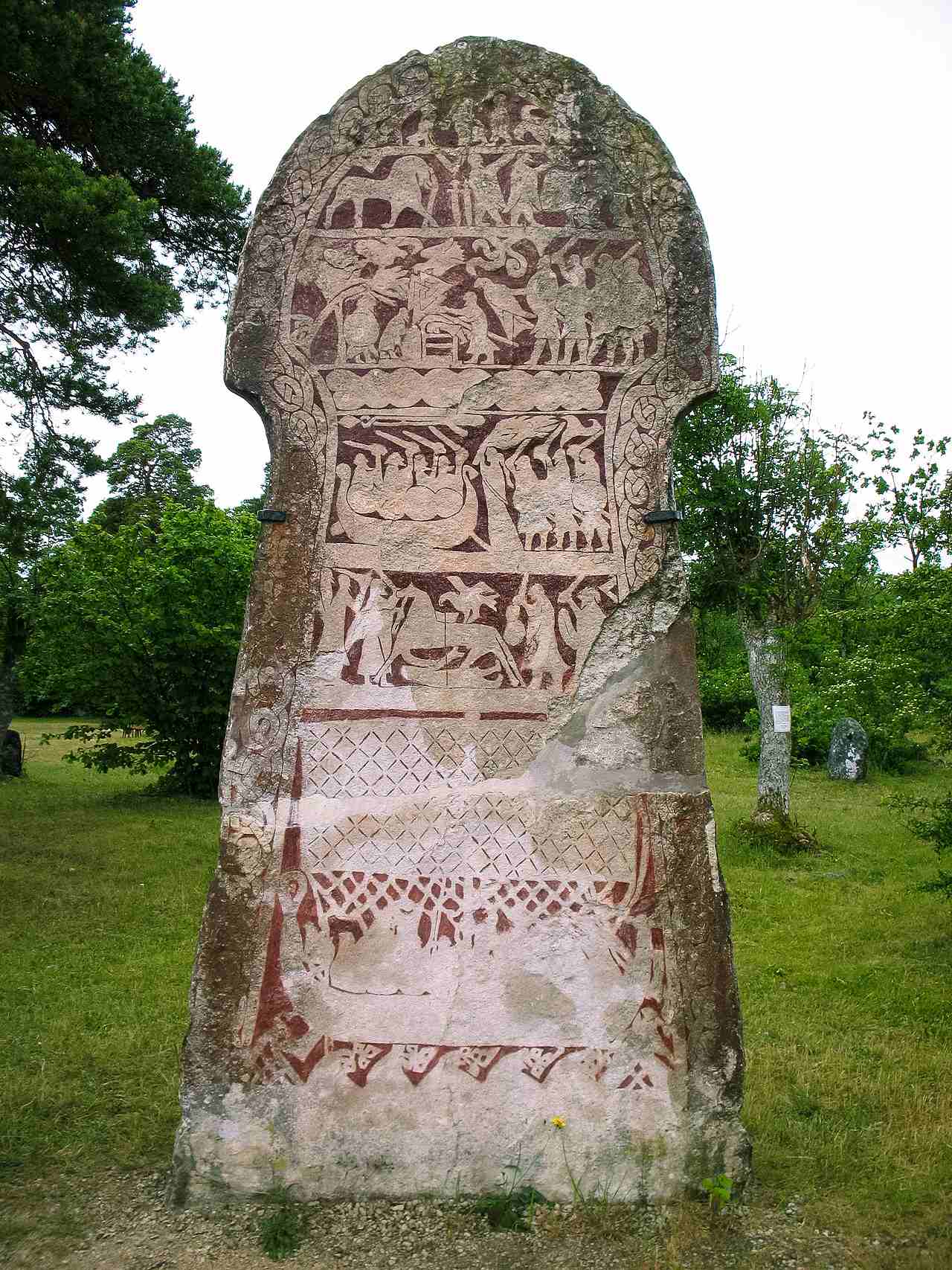Legendary swords are objects of fascination that have been immortalized in literature, mythology, and history. These swords have been wielded by heroes and villains alike, and their stories continue to captivate us to this day. One such sword is Dáinsleif, the sword of King Högni. In this article, we will delve into the history and legends surrounding this historic sword, exploring its features, famous battles fought with it, the curse of Dáinsleif, its disappearance, and legacy.

History and Origin of Dáinsleif

Dáinsleif is a legendary sword from Norse mythology, said to have been created by the dwarves. It translates to “Dáin’s legacy,” with Dáin being a dwarf in Norse mythology. The sword was said to have been cursed, and its use would bring great misfortune upon its wielder. The sword was later mentioned in the Icelandic sagas, where it was said to be the sword of King Högni, a legendary figure from Norse mythology.
The legend of King Högni and Dáinsleif

According to legend, King Högni was a powerful warrior who was feared by his enemies. He was said to have been given Dáinsleif by the dwarves, who warned him of the curse that came with the sword. Despite the warning, Högni wielded the sword in battle and was said to have been unstoppable. He used the sword to slay many of his enemies, but with each strike, the wounds inflicted by Dáinsleif would never heal.
Features and Design of Dáinsleif
Dáinsleif was said to have been a beautiful sword, with a blade that shone like a star. The hilt was adorned with gold and gems, and the pommel was said to have been made from the tooth of a sea monster. The sword was said to have been so sharp that it could cut through iron as easily as through cloth. It was also said to have been incredibly light, allowing the wielder to move with great speed and agility in battle.
Famous battles fought with Dáinsleif

King Högni was said to have used Dáinsleif in many battles, including the Battle of the Hjadnings and the Battle of the Goths and Huns. According to legends, in the Battle of Goths and Huns, he fought against Attila the Hun, and it was said that he used Dáinsleif to slay many of Attila’s great warriors. However, with each strike of the sword, the wounds inflicted by Dáinsleif would never heal, causing great suffering and death to those wounded.
The Eternal Battle of the Hjadnings
Peter A. Munch wrote of the legend of Högni and Hedin in “Legends of Gods and Heroes,” wherein Högni had gone to a meeting of kings, and his daughter was taken captive by king Hedin Hjarrandason. As soon as Högni heard about it, he set out with his soldiers in pursuit of the abductor, only to learn he had fled to the north. Determined, Högni chased after Hedin, eventually finding him off the isle of Haey [modern Hoy in Orkney, Scotland]. Hild then offered terms of peace on Hedin’s behalf, or else an alternative battle that would result in either life or death.

The abductor even proposed a heap of gold in compensation, but Hogni refused and instead drew his sword, Dainsleif. The clash then ensued and went on for an entire day with many casualties. When night fell, Högni’s daughter used her magical incantations to revive the fallen warriors, only for the battle to resume the next day. This cycle of conflict continued for 143 years, with the slain rising each morning fully armed and ready to fight. This tale can be compared to the einherjar of Valhalla, whose souls dwell in perpetual battle. The Battle of the Hjadnings had to last until the coming of the Twilight of the Gods.
The curse of Dáinsleif
The curse of Dáinsleif was said to be that anyone wounded by the sword would never heal from their wounds. The wounds inflicted by the sword would continue to bleed and cause great pain until the person died. It was also said that the sword would bring misfortune to its wielder, causing them to suffer great loss and hardship.
The disappearance of Dáinsleif
After King Högni’s death, Dáinsleif disappeared from history. Some say that the sword was buried with King Högni in his tomb, while others believe that it was lost or stolen. The sword’s whereabouts remain a mystery to this day, and it is considered one of the great lost treasures of Norse mythology.
The legacy of Dáinsleif
Despite its disappearance, Dáinsleif’s legend lives on, and it has become a symbol of power and destruction in Norse mythology. The sword’s curse and the great suffering it caused have made it a cautionary tale for those who seek power and glory. Its design and features have inspired many other legendary swords in literature and popular culture, such as Excalibur and the Sword of Gryffindor.
Other legendary swords in history
Dáinsleif is just one of many legendary swords that have captivated our imaginations throughout history. Other swords include King Arthur’s sword Excalibur, Tyrfing – the magical sword, and the sword of Masamune. These swords have become symbols of power, honor, and courage, and their legends continue to inspire us to this day.
Conclusion
Dáinsleif is a sword steeped in legend and history. Its curse and the great suffering it caused have made it a cautionary tale for those who seek power and glory. Its beauty and design have inspired many other legendary swords in literature and popular culture. Despite its disappearance, Dáinsleif’s legend lives on, and it will continue to captivate us for generations to come.




